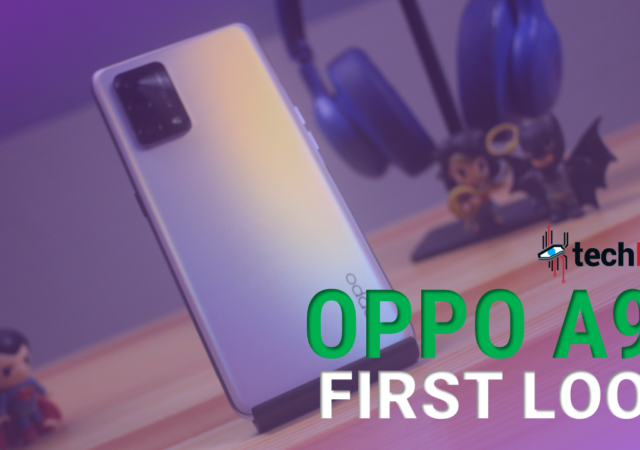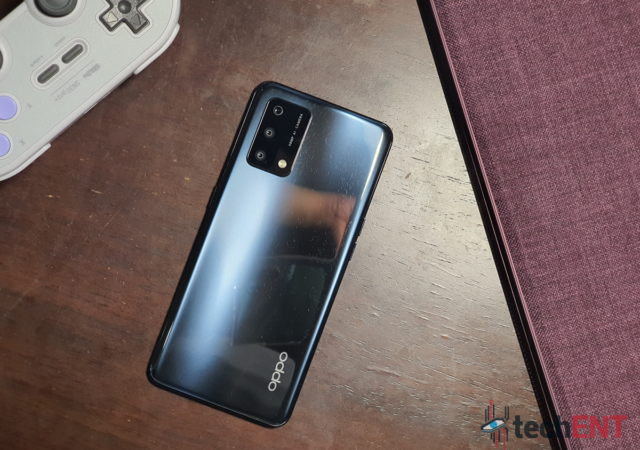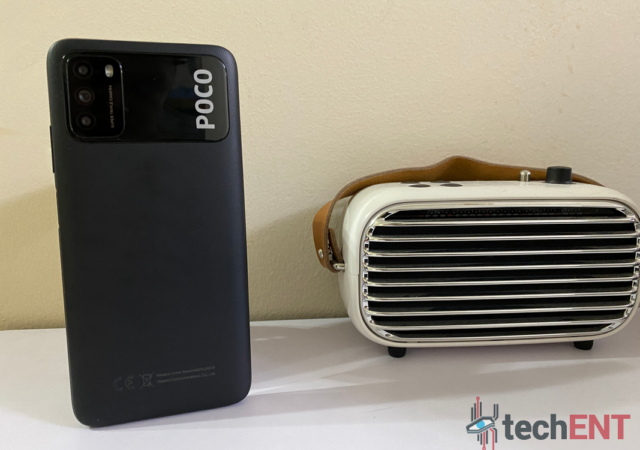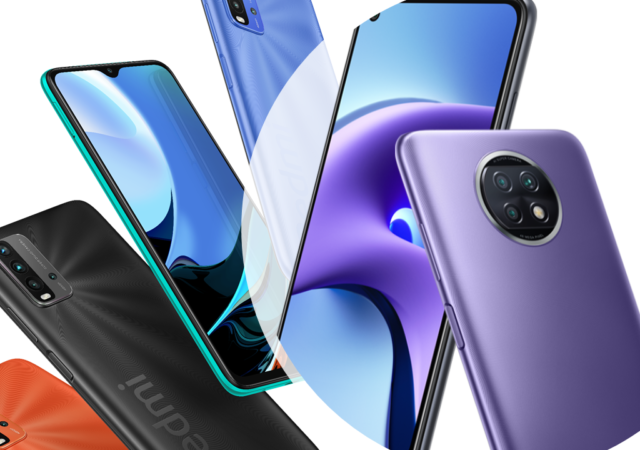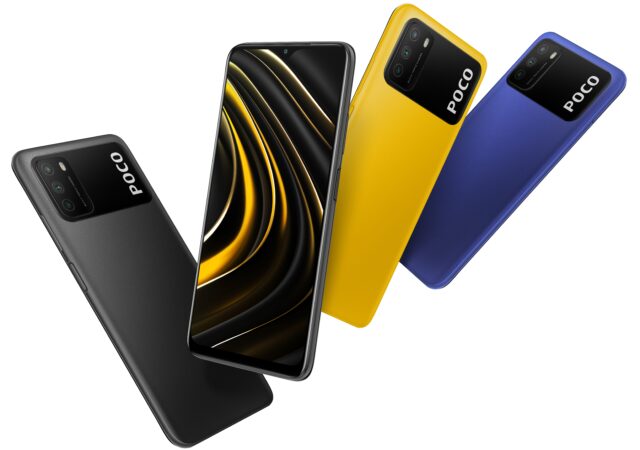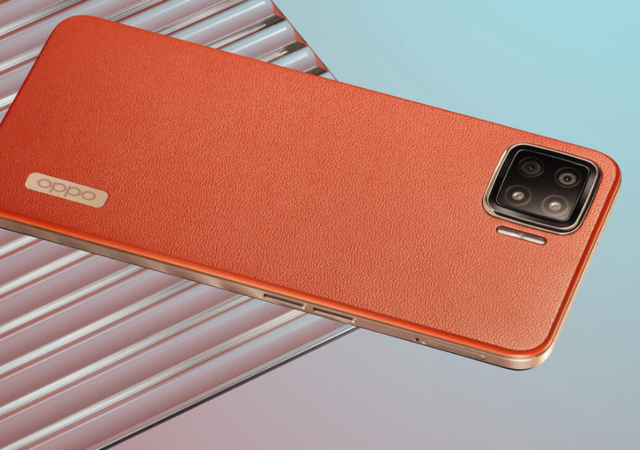The OPPO A95 brings along with it many signature OPPO features but they’ve been edited for their midrange offerings. Is it up to snuff? Read on to find out.
OPPO A95 First Look & Hands-On
OPPO is about to release their new midrange hero the OPPO A95! We got a first look at the new smartphone with the Snapdragon 662!
OPPO A74 In-Depth Review: Missing that OPPO Magic
The OPPO A74 gets the full techENT review treatment as we breakdown what makes this smartphone good and what we think makes it bad.
OPPO A74 Makes Malaysian Debut While the Reno5 Gets A Price Cut
OPPO is getting really busy with more and more devices coming into the Malaysian market. Just a few weeks back, the company launched their most affordable 5G smartphone, the OPPO A74 5G. The 4G variant of the OPPO A74 is…
Xiaomi POCO M3 In-depth Review – The POCO That Can!
Xiaomi’s POCO M3 is one of the most affordable smartphones out there now. How does it fair? Is it worth the money you spend on it?
Xiaomi Announces New Entry-Level Contenders: the Redmi 9T & Redmi Note 9T
Xiaomi announces two entries into their affordable Redmi line up: the MediaTek powered Redmi Note 9T and their affordable flagship, the Redmi 9T.
POCO Launches the M3 – Paying for More than You Expectry Level Smartphone
POCO just launched their POCO M3 entry-level device with prices starting from MYR 599. Available 27th November 2020.
OPPO A73 Officially in Malaysia; Goes on Sale on 11.11
OPPO announces the Malaysian availability of the OPPO A73 which goes on sale starting on 11 November, 2020 as part of the 11.11 sale.




